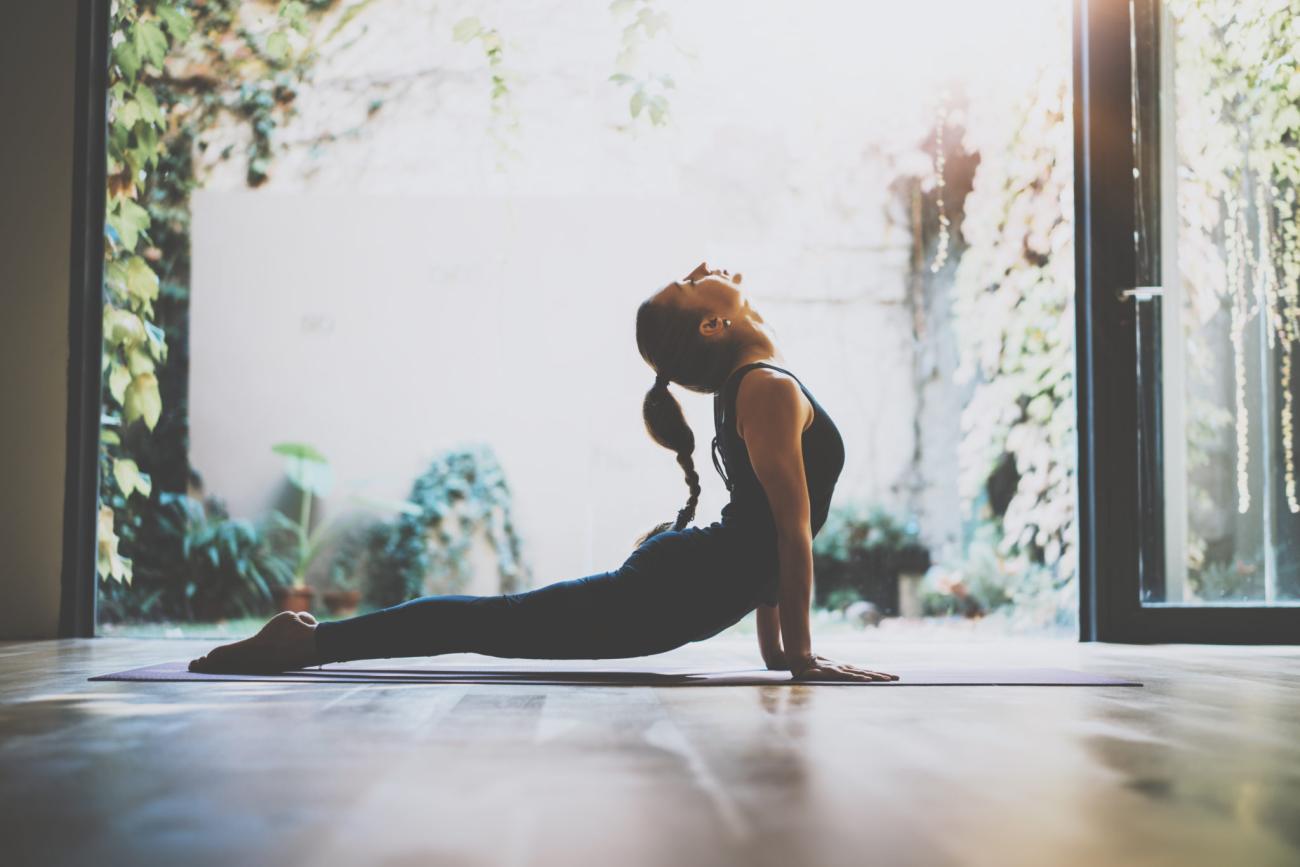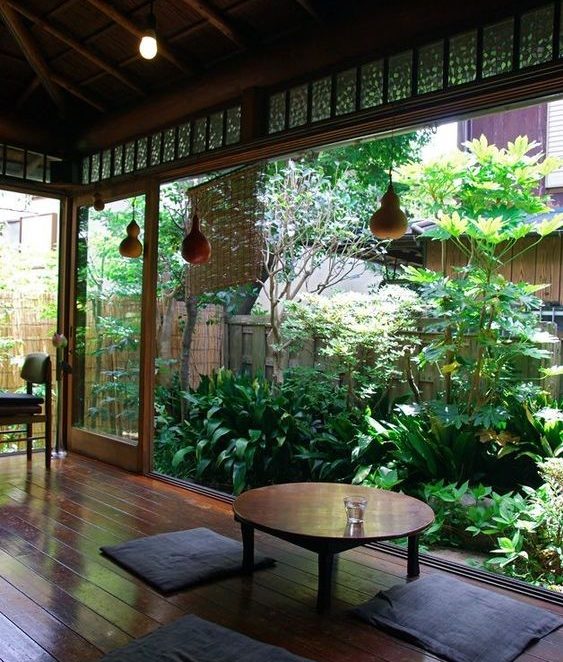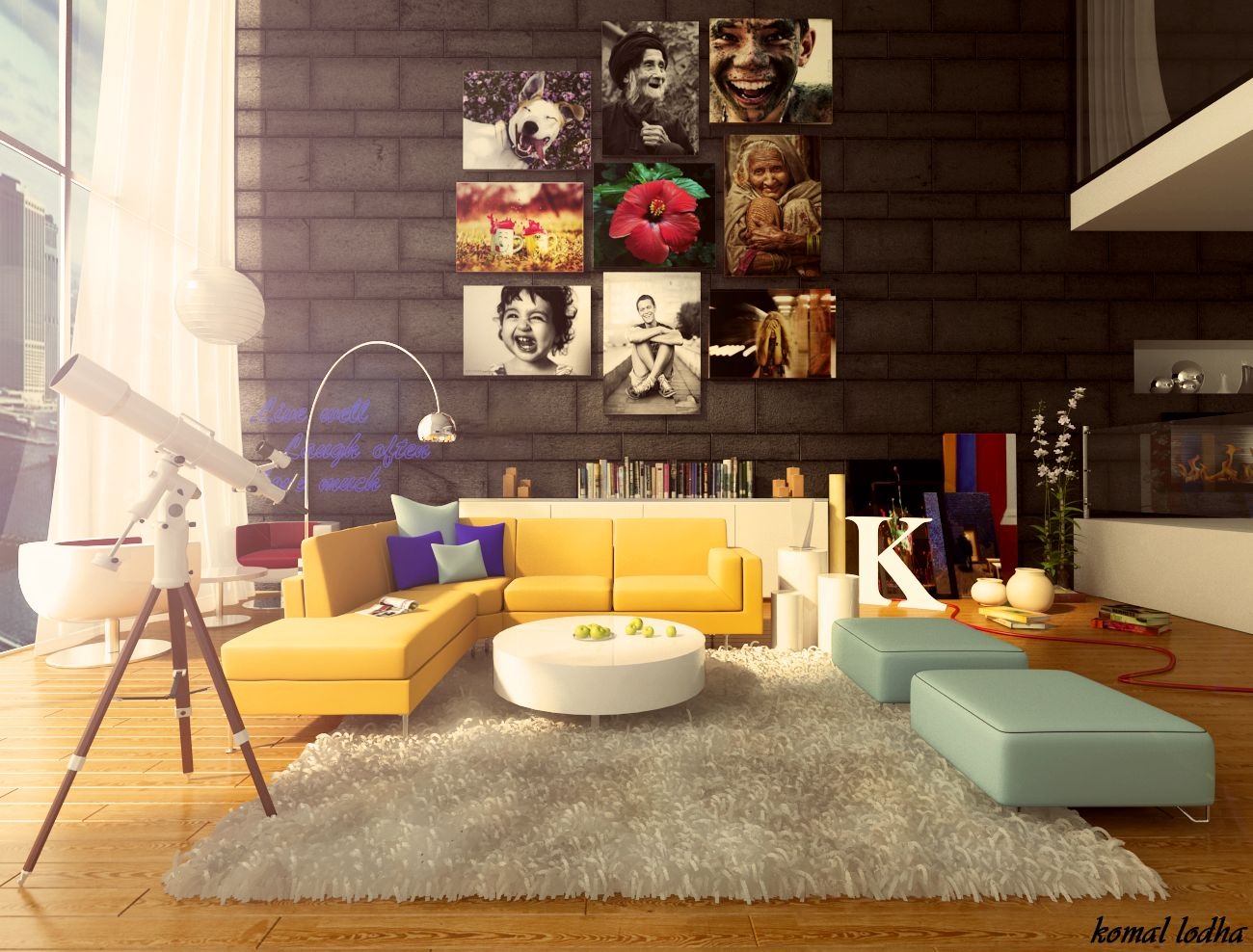Wellness Focused Interior Design
Designing interiors for health and well-being
Eating right, exercising, getting enough sleep, mastering stress and practicing mindfulness,… it all definitely adds up to longevity and enhanced well-being. Nevertheless we are becoming more and more aware of the role of our surroundings – the built environment in which we live, learn and work — play in this equation. The links between art, aesthetics, the built environment, health and wellbeing are nothing new, but applying it to our home environment is beginning to gather momentum. Wellness focused interior design is an on growing design ethos; it realises that residential and commercial spaces can greatly influence our physical health, as well as our emotional state of mind.
Did you know, that on average, we spend an astonishing 90% of our time indoors? (According to the 2001 National Human Activity Pattern Survey) That’s a crazy high number! This really shows us the importance of the built environment. Research evidence shows a correlation between our health and factors such as providing adequate daylight and views to nature, using colours that promote mental well-being, acoustics, indoor air quality, ergonomics, furnishings, scents and more.
WHAT IS WELLNESS?

Wellness is an active process of becoming aware of and making choices toward a healthy and fulfilling life. Wellness covers so many dimensions – from exercise, fitness, nutrition to joyful experiences, living in balance, healthy social connections, relaxation, mindfulness, slow living,… It also means creating and living in spaces that nourish our body and mind.
BIOPHILIC DESIGN - POSITIVE INFLUENCE OF NATURE CONNECT WITH NATURE AT HOME
Biophilic interior design is the growing adoption of nature inspired design in interiors and architecture. It is about much more than simple aesthetics. It can also have a significant positive impact on people’s health and well-being.

A space with a good visual connection to nature can be calming for occupants, improve their well-being and productivity.
LIGHTING
Why light matters you ask? Light is increasingly becoming one of the most important elements in home design: spaces designed around natural light sources, smart lighting systems to better match our natural rhythm, artificial light that mimics daylight,…
When speaking about light, natural light takes the center of the discussion. Something as simple as natural day light can provide a tremendous health and wellness boost. Many studied gives us the proof that it improves productivity, alertness, mood – it can effect our physiological or psychological state.
COLOUR

The different colors that are used in interior design can really effect the environment and can either overstimulate or under stimulate your space. Lighter colors are considered to by airy and can make rooms feel larger and even brighter. Darker colors are considered to be more refined and make rooms feel more intimate and warmer.
In the end the things that transform a space into a home are the personal touches. And that’s true for improving the wellness aspects as well. Find what small things make you happy and calm when you look at them, and then fill your home with them. For me, it’s personal photographs, my collection of books, my art print wall gallery and candles on my console table.
